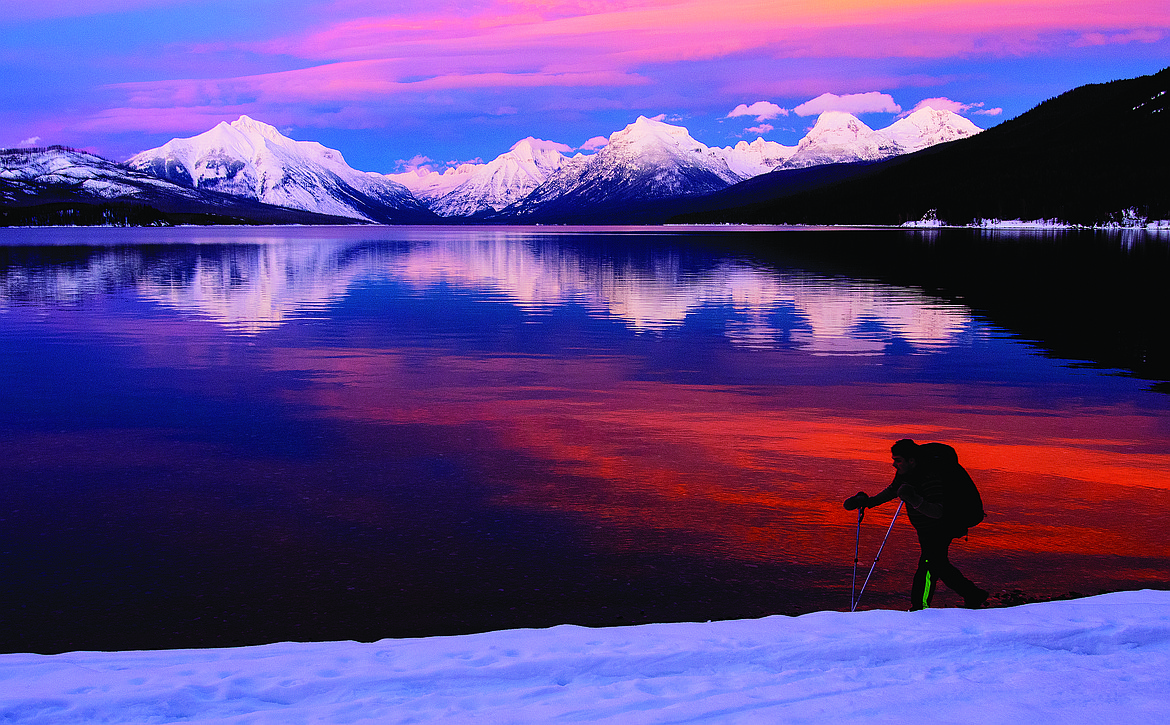Montana saw more visitors last year, but they spent less
Montana saw 12.6 million nonresident visitors in 2019 who spent $3.64 billion directly and contributed around $5 billion to the state’s overall economy, according to preliminary estimates by the University of Montana’s Institute for Tourism and Recreation Research.
Greater than half of all travelers visited the state’s national parks, with both Glacier and Yellowstone seeing a combined 7,470,351 visitors, according to Institute estimates.
Glacier National Park saw approximately 3,049,839 of those visitors according to the National Park Service.
Flathead County saw approximately 2.355 million visitors with 95 percent of those travelers visiting Glacier National Park. Glacier County saw 727,720 with 99 percent visiting the Park, according to Institute estimates.
Compared to 2018, visitor numbers were up but visitor spending was down. Visitation increased by 2 percent, or around 250,000 people, in 2019, but visitor spending fell by 2 percent, with the greatest discrepancy, 1 percent, occurring in third-quarter spending between the years. The spending decline is attributed to shorter average stays and smaller group sizes, according to the institute.
The institute estimates 56,000 jobs were supported by visitor spending both directly and indirectly, with the majority, 40,700, being directly supported. Associated with those jobs is over $1.08 billion of labor income directly supported by nonresident spending, and an additional $602 million of labor income is indirectly supported by nonresident travel spending, according to the report.
Direct impacts are defined as the result from visitor purchases of goods and services. Indirect impacts are the result of purchases made by businesses that are travel-related, according to the Institute website.
In total, visitor spending contributed more than $222 million in state and local taxes in 2019, according to institute estimates.
The institute gathers spending data from nonresident travelers intercepted at airports, gas stations and rest areas in Montana, and these data are collected quarterly, according to their website.

